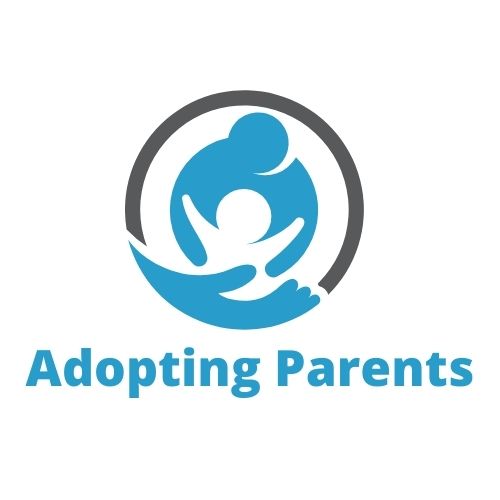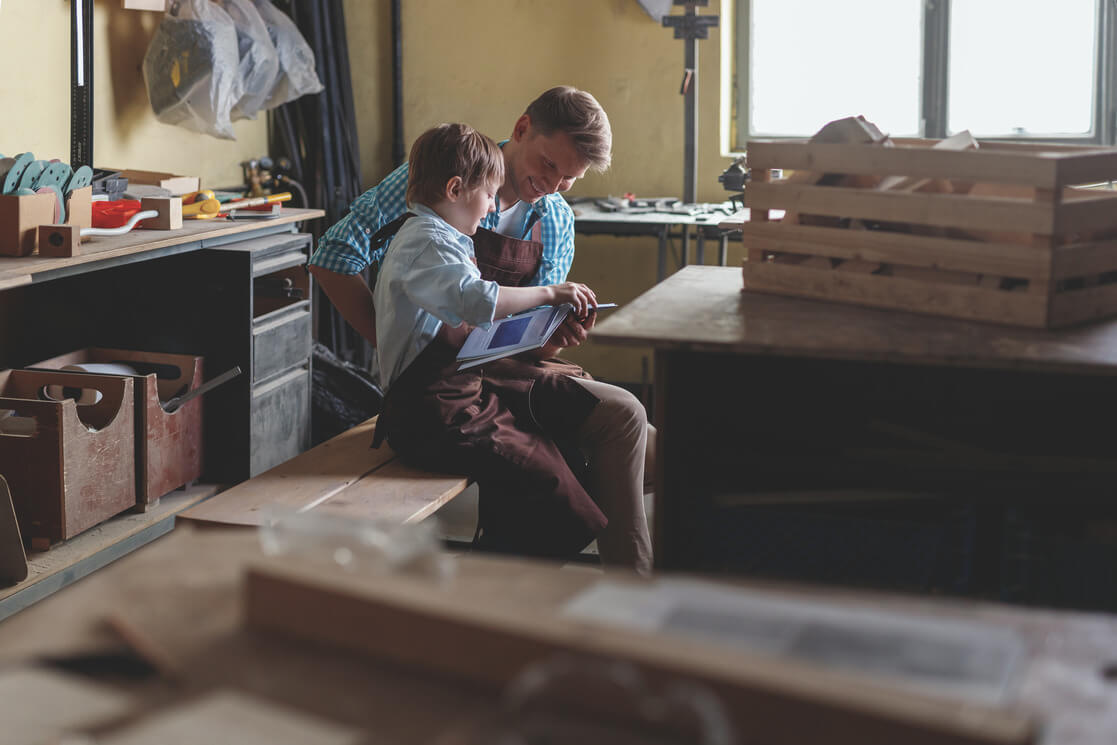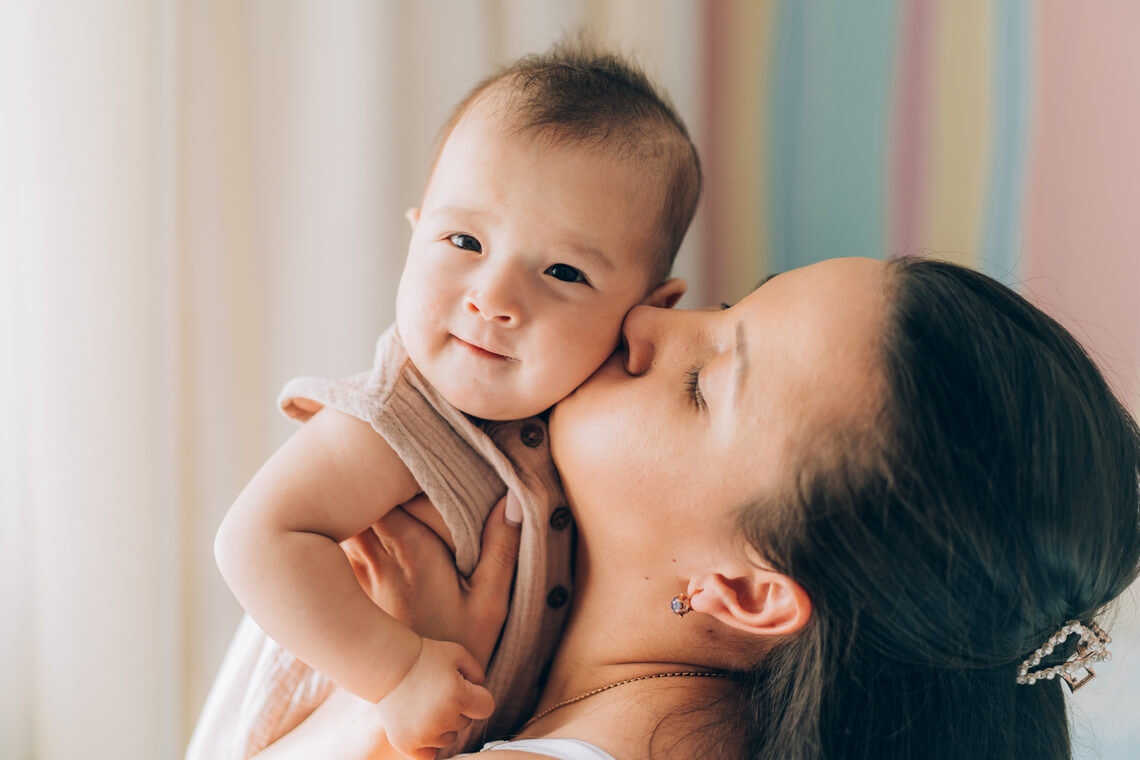Adoption is a remarkable journey that transforms the lives of children and parents. It is a journey that extends far beyond the legal process, as it involves the creation of deep emotional connections and bonds between adoptive parents and their children. One of the most critical aspects of successful adoption is attachment—the process through which children and parents form secure emotional bonds. In this article, we will explore the significance of attachment in adoption, the challenges adoptive families may face, and strategies for building strong parent-child bonds that lay the foundation for a lifetime of love and connection.
Understanding Attachment
Attachment is a fundamental human need. It is the deep and enduring emotional connection that children form with their caregivers, which is vital for their emotional and psychological well-being. Attachment begins in infancy and continues throughout childhood and beyond. A secure attachment provides children with a sense of safety, trust, and emotional security, which forms the basis for healthy development and relationships.
In adoption, the process of attachment is particularly crucial. Children who have been adopted may have experienced disruptions in their early relationships due to separation from birth parents or other caregivers. These disruptions can impact their ability to trust and connect with their new adoptive parents. Building a secure attachment in adoption is essential for a child’s emotional and social development.
Challenges in Attachment for Adoptive Families
Building a strong parent-child bond through attachment in adoption can be a complex and challenging process. Adoptive families may encounter various obstacles along the way:
1. Early Trauma and Loss
Many children who are adopted have experienced early trauma, neglect, or loss, which can affect their ability to form attachments. These experiences may result in emotional wounds that need time and specialized care to heal.
2. Transition and Adjustment
Adoption involves significant life changes for both children and adoptive parents. The adjustment period can be challenging, as everyone adapts to their new family dynamic and routines.
3. Attachment Styles
Children may have different attachment styles, which can impact how they connect with their adoptive parents. Some children may be anxious and clingy, while others may appear aloof or avoidant.
4. Age of Adoption
The age at which a child is adopted can influence the attachment process. Infants and young children often adapt more easily to new attachments, while older children may require additional time and support.
5. Parental Expectations
Adoptive parents may have high expectations for bonding with their child, which can lead to frustration or disappointment if the attachment process takes longer than anticipated.
Building a Strong Parent-Child Bond in Adoption
While attachment challenges may arise in adoption, there are effective strategies and approaches that can help build a strong parent-child bond:
1. Patience and Empathy
Understanding that building attachment takes time and patience is essential. Adoptive parents should approach the process with empathy and an awareness of their child’s unique experiences and needs.
2. Consistency and Routine
Consistency and routine provide children with a sense of stability and predictability, which can help build trust and security. Establishing daily routines and rituals can create a sense of safety.
3. Responsive Parenting
Being responsive to a child’s needs is crucial for attachment. Responding promptly to a child’s cries, smiles, and gestures helps them feel valued and understood.
4. Skin-to-Skin Contact
Physical touch is a powerful way to build attachment. Skin-to-skin contact, such as cuddling and babywearing, promotes bonding and emotional connection.
5. Eye Contact and Face-to-Face Interaction
Maintaining eye contact and engaging in face-to-face interaction with your child helps establish emotional connections and promotes social development.
6. Verbal Communication
Talking to your child from an early age is vital for language development and attachment. Narrate your activities, sing songs, and engage in conversations to foster connection.
7. Seek Professional Support
In cases where attachment challenges persist or are particularly complex, seeking the guidance of a qualified therapist or counselor with expertise in adoption-related issues can be invaluable. Attachment-focused therapies, such as Theraplay or Dyadic Developmental Psychotherapy, can provide specialized support.
8. Educate Yourself
Adoptive parents can benefit from educating themselves about attachment and the unique challenges of adoption. Books, workshops, and support groups can provide valuable insights and strategies.
9. Support and Community
Joining adoption support groups and connecting with other adoptive families can be an essential source of encouragement and shared experiences. These communities offer a sense of belonging and understanding.
10. Self-Care
Taking care of your own physical and emotional well-being is essential. A healthy, well-supported parent is better equipped to build a secure attachment with their child.
Conclusion
Building a strong parent-child bond through attachment in adoption is a transformative and essential process. While it may come with challenges, the rewards of a secure and loving attachment are immeasurable. Every child deserves to feel safe, valued, and cherished by their adoptive parents. By approaching the attachment process with patience, empathy, and a commitment to understanding and meeting their child’s unique needs, adoptive parents can create a nurturing and secure environment in which their child can thrive emotionally and psychologically. Adoption is not just about legal ties; it is about the heart-to-heart connection that forms the foundation of a lifelong relationship filled with love and support.





